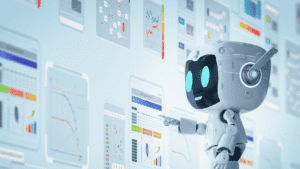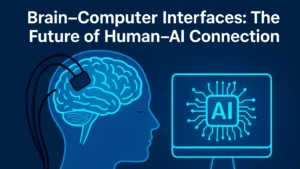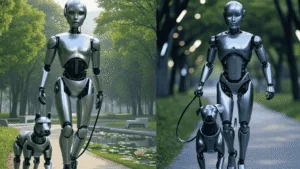The Difference Between Robots and Automation: What You Need to Know

The Difference Between Robots and Automation: What You Need to Know
People often use the terms “robots” and “automation” interchangeably—but they aren’t the same. While both involve machines doing work, robots and automation systems have different structures, capabilities, and use cases.
Understanding the difference is crucial for anyone exploring technology, manufacturing, artificial intelligence, or future careers.
What Is Automation?
Automation is the use of technology to perform tasks without human intervention. This can be as simple as a sensor that turns lights on and off or as complex as a fully automated assembly line.
Key Features of Automation:
Fixed and pre-programmed instructions
Optimized for repetitive tasks
Often non-physical or stationary systems
Includes software automation (e.g., bots) and industrial control systems
Examples:
A conveyor belt system in a factory
A smart thermostat adjusting temperature automatically
Automated testing scripts in software development
Automation increases efficiency, lowers costs, and improves consistency in repetitive processes.
What Is a Robot?
A robot is a programmable machine capable of carrying out a series of actions autonomously or semi-autonomously, often interacting with the physical world.
Key Features of Robots:
Often mobile or with moving parts
Can sense, decide, and act in dynamic environments
May use AI or machine learning to improve
Can be physical (industrial arms, humanoid bots) or virtual (chatbots)
Examples:
A robotic vacuum cleaner that maps your home
Industrial robotic arms assembling cars
Humanoid robots like Boston Dynamics’ Atlas
Robots are generally more adaptive and interactive than basic automation systems.
How They Overlap
While different, robots and automation often work together:
Robotic Process Automation (RPA): Software “robots” automate digital tasks like data entry.
Industrial robotics: Combine robotic arms (hardware) with automation logic for assembly, welding, packaging, etc.
Smart home devices: A robot vacuum uses sensors (robotics) and rules (automation) to clean your home efficiently.
In essence, robots can be a part of automation, but not all automation involves robots.
Real-World Comparison: Industry Use Cases
| Feature | Robots | Automation |
|---|---|---|
| Movement | Yes (physical interaction) | Usually stationary |
| Adaptability | High (can learn or be reprogrammed) | Low (typically fixed rules) |
| Complexity | High (AI, sensors, mechanics) | Medium (software or hardware rules) |
| Example | Welding robot on a car line | Conveyor belt, automated scheduler |
Which One Do You Need?
Use automation when: tasks are repetitive, predictable, and do not need mobility or flexibility.
Use robots when: tasks involve physical interaction, movement, or changing conditions.
For example:
Automating email responses = automation
A robot that serves food = robotics + automation
Final Thoughts
In short, automation is the broader concept of making things run on their own, while robots are a specific form of automation with physical capabilities and intelligence.
As industries evolve, combining both technologies will lead to smarter factories, faster services, and more intelligent homes.



